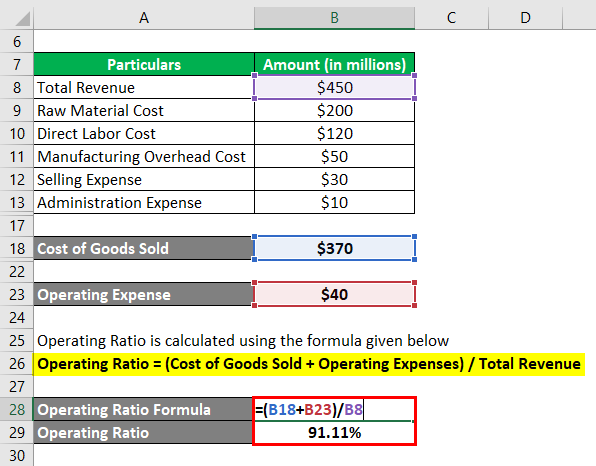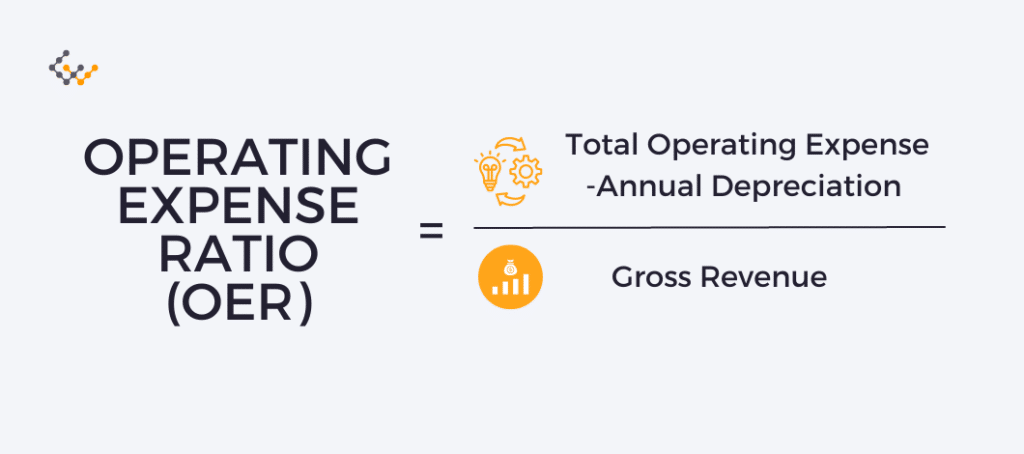5 Key Financial Calculations to Assess Your Business’s Health

A current ratio of 1.5 or higher is generally considered a good indicator of liquidity. It shows that the company has sufficient current assets to cover its short-term obligations. However, a very high current ratio could indicate that the company is not using its assets efficiently. “A company’s bottom line profit margin is the best single indicator of its financial health and long-term viability,” reported Investopedia.
Total Asset Turnover
Relate what is accounts receivable what kind of account is accounts receivable trends to return on invested capital metrics to analyze the efficiency of capital allocation. Improving operating ratios combined with stable or increasing ROIC indicates management is deploying capital in value-creating investments. Meanwhile, an increasing operating ratio alongside falling ROIC suggests wasteful capex or dysfunctional execution. The operating Ratio focuses purely on operations and does not take into account how the company finances itself or the mix of assets it requires. Two firms could have the same operating Ratio but very different levels of risk based on their leverage, fixed costs, and other balance sheet factors.
Formula and Calculation of Operating Ratio
For example, grocery stores typically have low margins and high operating ratios, while software companies have higher margins and lower operating ratios. Comparing the operating ratios of companies in different sectors does not provide an accurate benchmark. Operating ratios are critical tools used by businesses to assess operational efficiency and overall financial health.
How operating expenses and cost of goods sold differ?
Seasonal dips and peaks in demand may make it seem like you’re doing better (or worse) than you are. Certain financial calculations, however, can give you a clearer picture of your business’s financial health and help you make better decisions moving forward. Rise in the value of the operating ratio is indicative of the decline in the efficiency. If the company was able to negotiate better prices with its suppliers, reducing its COGS to $500,000, then it would see an improvement in its operating margin to 50%. Strike offers a free trial along with a subscription to help traders and investors make better decisions in the stock market. Operating ratios indicate how strategic moves like acquisitions, expansions, marketing initiatives, and product introductions affect efficiency.

First and foremost is profitability, as measured by metrics like the operating margin. Investors want to see that the company is efficiently generating earnings from its core business operations. However, maximizing profitability often requires tradeoffs that degrade quality or sustainability. The operating Ratio measures how efficient a company is at generating profits from its operations and core business activities. It is calculated by dividing operating expenses by net sales or revenue. One of the most basic uses of the operating Ratio is gauging profitability.
Operating Efficiency Ratios Explained in Video
- A higher ratio indicates that a firm is efficient at converting assets to revenue.
- Cross-training employees to handle multiple roles can also provide flexibility, allowing the company to adapt quickly to changing demands without incurring additional labor costs.
- This gap could pressure margins over time, making the company less profitable than its peers.
Looking at metrics like debt-to-equity along with the operating Ratio provides a more complete picture of a business. The most direct way for companies to lower their operating Ratio is to increase sales revenue while keeping expenses steady. Growing revenue allows costs to be spread over a larger sales base, decreasing the operating Ratio.
On the other hand, industries like hospitality and airlines typically have higher operating ratios due to high fixed costs and the variable nature of customer demand. Operating ratios provide a quantitative analysis of a company’s operational efficiency. To derive these ratios, specific calculations are performed using data extracted from financial statements. Understanding the formula, the necessary financial statements, and the common adjustments involved in these calculations is essential for accurate assessment. Improving the operating ratio requires a multifaceted approach that addresses both cost management and revenue enhancement.
Volume growth requires attracting new customers and getting existing customers to buy more. Raising prices works best when the company has pricing power due to strong branding, product differentiation, or market positioning. A continuously low and rising operational ratio is preferred when assessing businesses for investment. It shows the company is operationally efficient and converting a higher portion of revenues into profits over time. Direct labor refers to workers directly involved in producing a company’s goods or services, whose wages are closely watched by analysts to gauge impacts on operating ratios and stock prices.
Conversely, industries with higher fixed costs, such as utilities, might see average operating ratios closer to 90%, where the high cost of infrastructure and maintenance is a significant factor. Operating profit ratio, also known as operating margin ratio, refers to the amount of money earned by a company through its operations expressed in percentage terms. This metric is especially useful when comparing profitability among different companies or industries with varying cost structures. Operating ratios are a class of ratios that are meant to analyze how well a company is using their assets. Specifically, these ratios show how well a company utilizes its assets to create revenue. Like many of the ratios that are used in financial analysis, operating ratios are complex ratios.
As a business matures, investors want to see operating leverage improve, meaning the operating Ratio declines as revenues increase faster than operating costs. An increasing operational ratio over time indicates that the business is closing cost control and becoming less flexible in the face of market or economic constraints. It does not take into account taxes, interest expenses, or other non-operating items.
